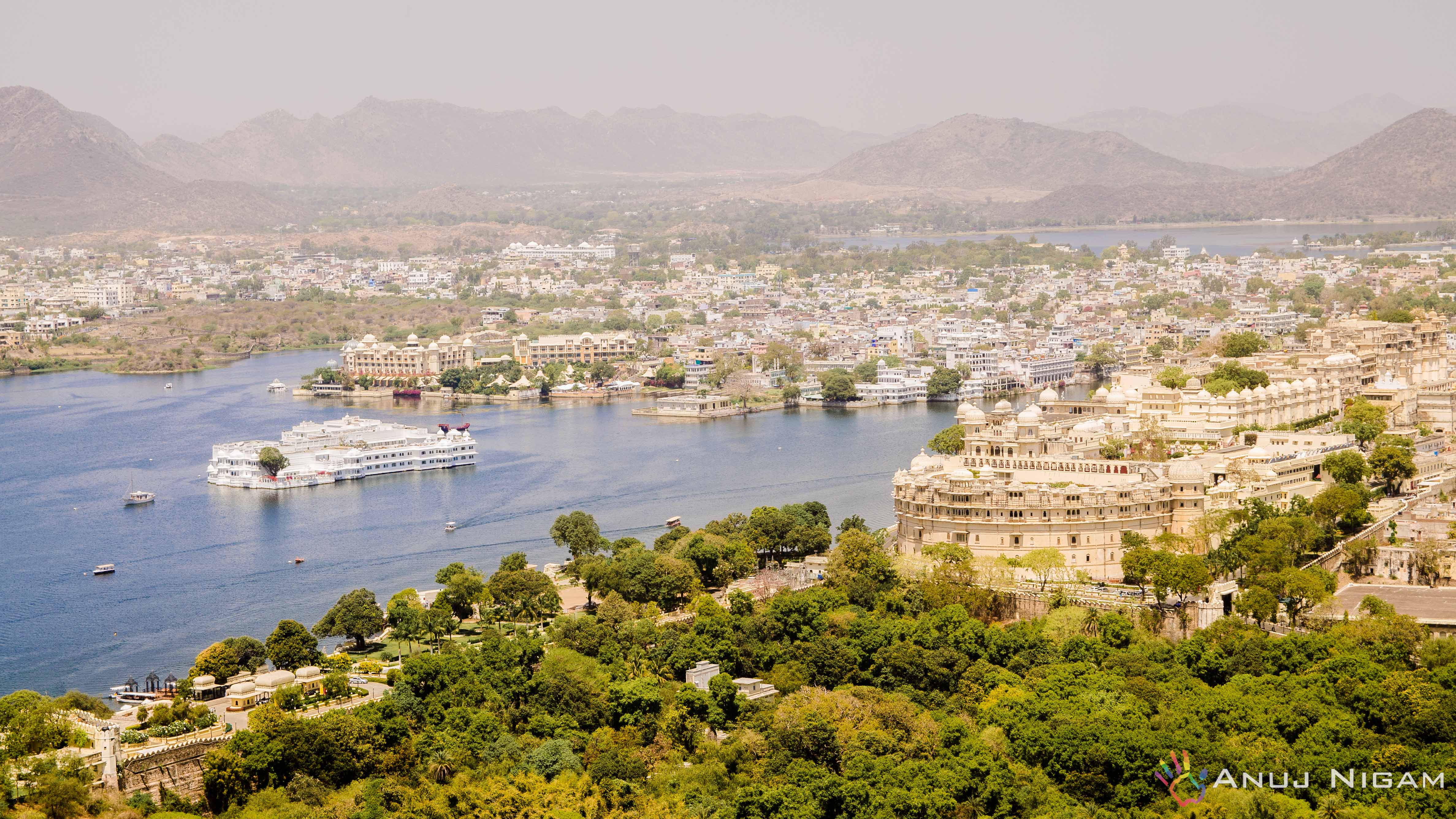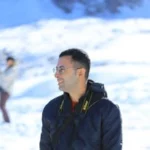This June a short film called ‘The Mountain’ became the most viewed HD video on vimeo. It was probably our travel world’s first serious tryst with Timelapse photography. With 18 million views, it showed how easily still frames can wrangle thoughts, images and lives. In India, we haven’t detoured on these paths of TimeLapse a lot, leaving aside some names and films and for obvious reasons some promotional videos. Courtesy to our hospitality partner Shiv Niwas Palace, HRH Hotels, Udaipur, we got a much needed space and reason to attempt our timelapse video on Udaipur.
TimeLapse Photography is a cinematography technique in which the frequency at which film frames are captured is much lower than the normal. Thus when the shot is replayed at normal speed, time seems to be moving faster and thus lapsing. Usually in TimeLapse photography, every second some 30 frames are captured, thus, a 2 minute video, would have around 3000 frames. Today timelapses are used throughout the world as a medium to present & showcase stories on a city, machinery or organisation within small duration of time.
Like any good photography technique, TimeLapse depends entirely on right timing and frame. I remember, having gone to the Karni Mata temple in Udaipur for three consecutive day, to get the right frame. And the prize was a nice sequence of shot of an evening scene of the Pichoula Lake with the Fateh Sagar palace in the background and the orange sky creating a mosaic silhouette. The shot was well complemented with a shot of the city in the fading twilight from the city palace, shot the next morning.
In our TimeLapse video of Udaipur, we tried some interesting and unplanned things, like mounting a gorilla pod on the edge of a boat, while we moved from the Place to Jag Mandir. For any photographer, it’s a challenging shot and one has to be very cautious about the flicker, and second capturing along an undefined route with no planned sequences is in itself tricky. But mind you, the cultural icons strewn alongside the lake pichoula, be it the city palace, standing as a guardian, the Lake Place scintillating like a nymph or the magnificent Jag Mandir, offer any photographer a thousand frames to choose from and build a fairytale through images.
A school of thought of TimeLapse suggests capturing moving objects to show the passage of time, a fundamental of TimeLapse. Highly viewed TimeLapses have framed melting of ice, movement of clouds, and movement of traffic on road and used it as a build-up. We couldn’t afford to give it a miss, the clear skyline of Udaipur offered us gracious moments to capture daily sequences like rising and setting of sun over this iconic city and movement of clouds. We tried an interesting thing to capture the essence of this populated model of time passage – we tried it on shadows. Change in direction and length of shadows is a proven and observed science, but it is such a usual affair, that the beauty imbibed in this time passage goes unnoticed. To make it even plainer and contradictorily, more bolder, we tried this sequence on a branch of a tree, with its shadow falling on a wall. No background, no art or icon; it was a plain shadowy sequence. The obvious challenge in this is choosing a right frame as background on which the changes in length and direction of the shadow can be captured, and in plain photographic sense, enlarged. We chose a wall with traditional Rajasthani wall paintings as our background and the shot was captured at a far lower frequency than usually used in TimeLapse to give the shadowy movement an enlarged effect over the background. And the result of this experiment which took us hours is an eclectic 10 second sequence!!
A TimeLapser’s love with movement always leave a mark. And that love boosted us to take a shot of moving traffic from a hill top and to get the best frame, we chose the night time. However, at such a height, speed of the wind always becomes the limiting factor for any motion photography technique. And even in the present form with all the post-editing work, the flicker because of wind speed are evident. But then capturing the elan and elegance of this historic city is a prize taking all pains.
In the making of this TimeLapse video on Udaipur, we did break some ground rules or rather say experiment on tramping on some new paths. We wanted to do a transition lapse of the Shiv Niwas hotel and bring out the grandeur and heritage of this kingly palace in a transition lapse. We mounted the camera on a golf cart and moved around the hotel. Though it seemed easy to us, having shot the other sequences, this part proved out to be the trickiest, all thanks to the swift turns, the random heights and the uneven angles. Well that happens when we try capturing any architectural design with mounted camera on a moving object. Using a moving frame i.e. using a slider with a camera can to a lot extent solve this. Today drones are used to capture such designs where camera needs to make movements to capture the splendor of the place.
Timelapsing is still at a nascent stage in India and hasn’t been explored much as a promotional technique by tourism department or hospitality sector. However, Real estate sector has been using it to the fullest. But just imagine the grace of watching the sky rise and set over a cityscape, watching the stars move on an ink dark skyline, the verve in the movement of water, capturing the story of a construction of any engineering marvel in a 2 minute story or just watching a life pass, a seedling growing into a plant, a puppy maturing into a dog; Timelapse captures moving lives in still shots.
Follow our Timelapse section for the Timelapse on Udaipur.









